Updated:
How Are the Betting Odds Calculated?
This process can be divided into three main components:
- Determination of the physical and psychological form in which the team or individual key players are currently. It is represented numerically as a percentage ratio of factors such as game aggression, passing accuracy, shots on goal, player’s contribution to the team’s victory, and some others. Moreover, a large volume of statistical data is used during calculations. Such information is presented in the form of team ratings and individual player ratings on specialized websites. For example, ratings of football teams with decryption of calculation parameters can be found on the website whoscored.com.
- Determining a list of additional factors, both positive and negative, that can have a significant impact on the team’s game. This list of factors may include weather conditions, whether the game is played away or at home.
- Forming a mathematical model that utilizes quantitative indicators of the factors listed earlier. Such a formula may take the following form:
- (Number of goals scored away) — (Number of goals conceded away) / (degree of game aggression). The resulting indicator is translated into percentages. The closer it is to 100%, the higher the probability of a favorable outcome of the sports event.
This formula is approximate and simplified, designed to understand which quantitative factors bookmakers’ specialists operate with to determine the probability of the outcome and its conversion into coefficients. Real formulas may operate with dozens of indicators and coefficients. They are individual for each bookmaker and are protected as trade secrets.
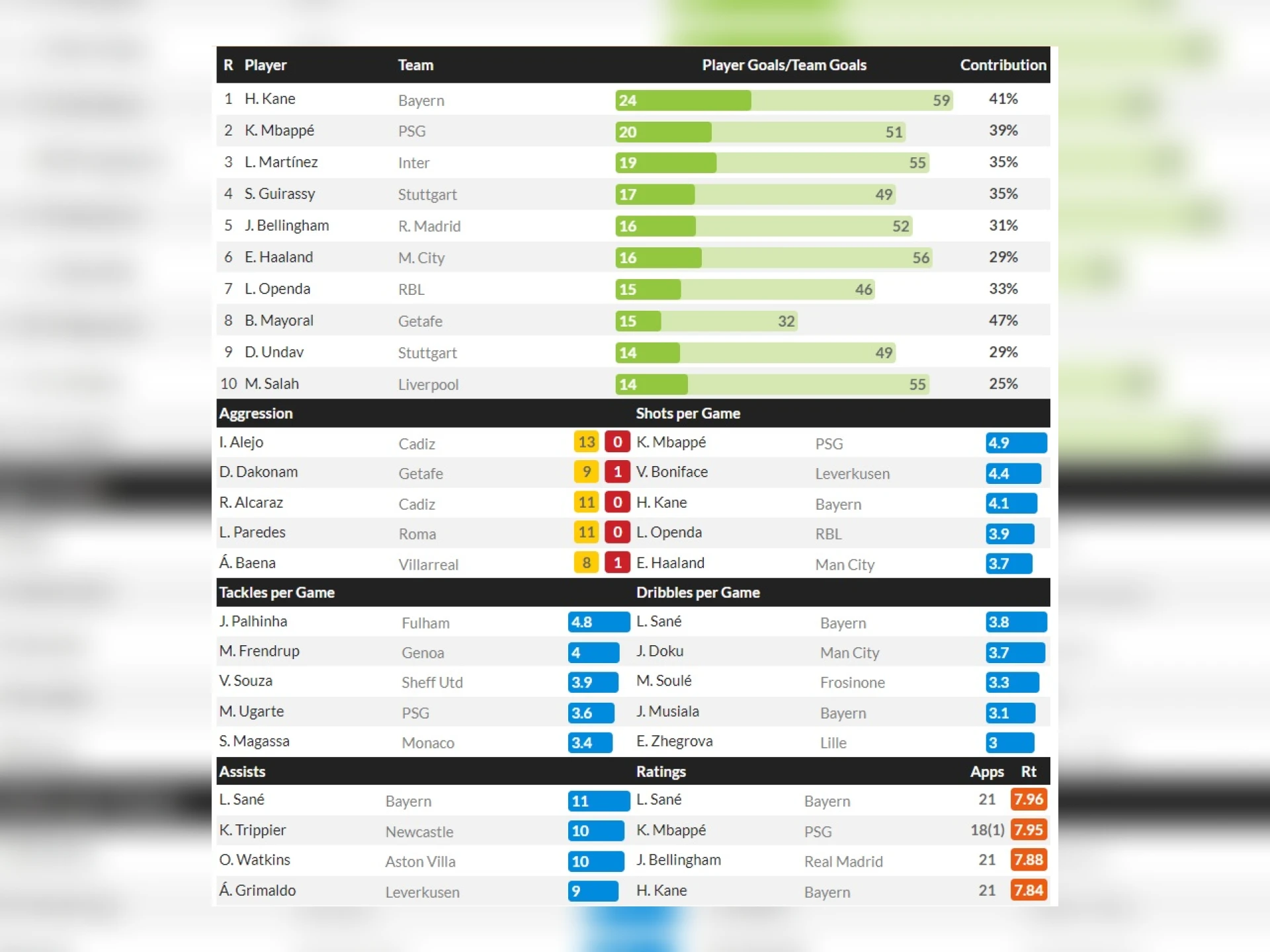
Applying Probability Theory to Betting
With success in using mathematical analysis to form bookmaker betting odds, many players may consider using other mathematical disciplines related to probability. However, such calculations have a certain practical specificity related to their application area. For example, according to probability theory, the chance of getting heads or tails on a flipped coin is approximately equal. If you flip the coin 10 times and get 6 heads (60%) and 4 tails (40%), then the next toss is more likely to result in tails.
Bookmakers operate with such concepts quite differently. If in 10 matches between two teams one of them won 6 times, then with a higher probability, it will win in the eleventh match.
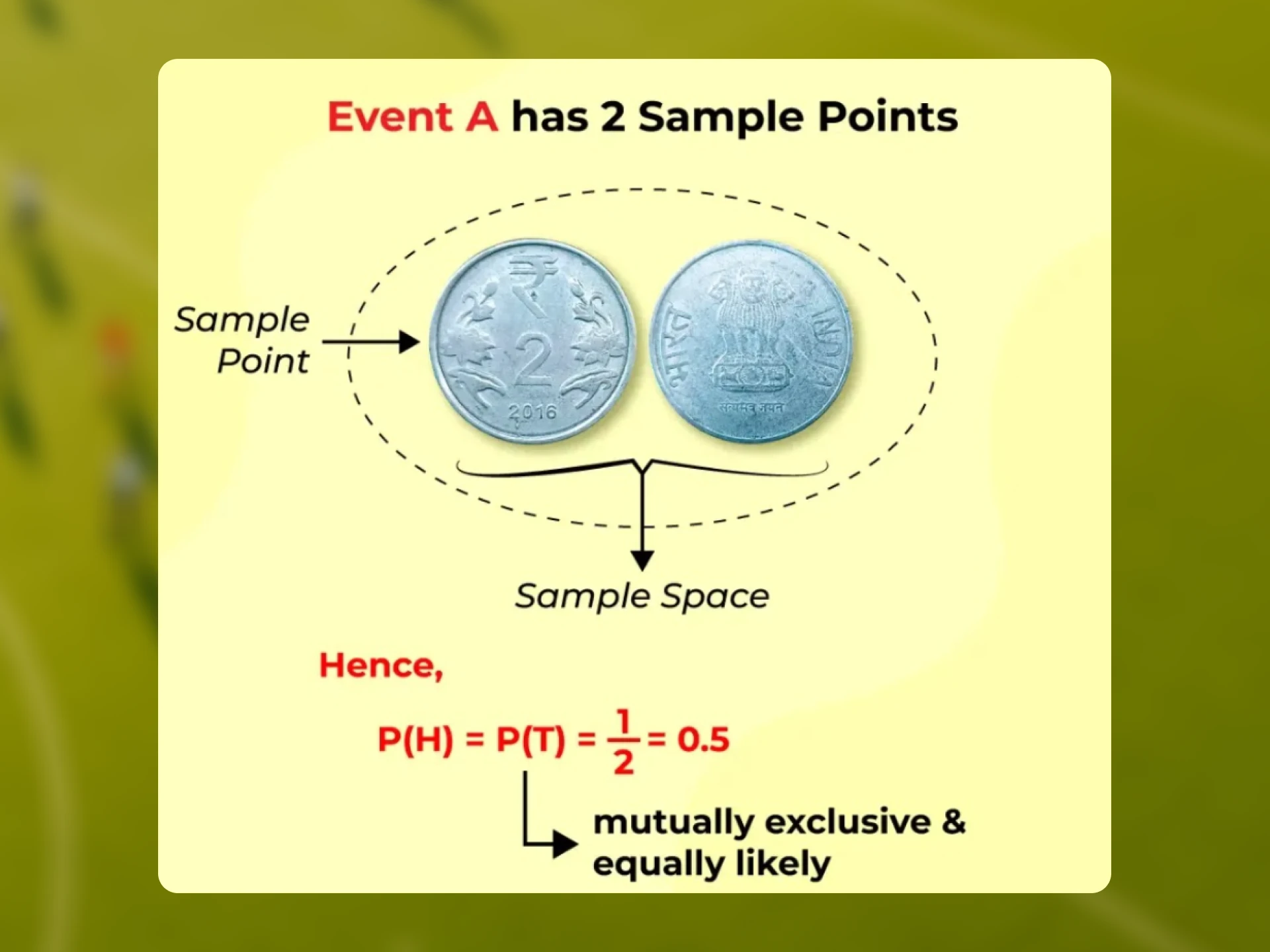
Other Methods and Formulas
The probability of the outcome of a sports event can be estimated using other methods, among which the following are the most popular.
Empirical
Determines the chances of the outcome based on all possible variants. It is extremely simple to apply and can be easily understood with the following example: Team A won 15 out of 20 matches against Team B over a certain period of time. The chance of winning the next meeting based on the specified statistical data is determined by the formula: (15/20)*100 = 75%.
This method is effective only for those sports where competitions occur frequently. Since statistical data over a long period of time may become inaccurate due to the influence of other key factors. For example, a change of coach, the recruitment of a leading player, or the rotation of a large number of players in the main lineup, etc.
Monte Carlo
It involves compiling a table of criteria that influence the result. Each of them is assigned two parameters: the degree of influence and an assessment in points (positive or negative). The probability determination is done by comparing the residual number of points of each team.
Summing Up
Considering all the above, an algorithm for determining the probability of outcomes can be compiled, which players can use to create their own calculation formulas:
- Compilation of a list of factors influencing the result. Evaluation of each factor and assigning it a certain value in percentage depending on the degree of influence. Formation of a calculation formula, where the sum of positive factors is subtracted from the sum of negative factors.
- Evaluation of the value of the obtained result. Essentially, this is the determination of value — the difference between the bookmaker’s odds and the indicator obtained as a result of own calculations. In this case, the bookmaker’s odds must be increased by the margin to obtain real results.
Checking the formulated formula is done by comparing it with the odds of several bookmakers. Before using your own formula for calculating the probability of the outcome of a sports event for bets, it is recommended to conduct a check for a sufficiently long time and on sports events of various levels.
Learn More
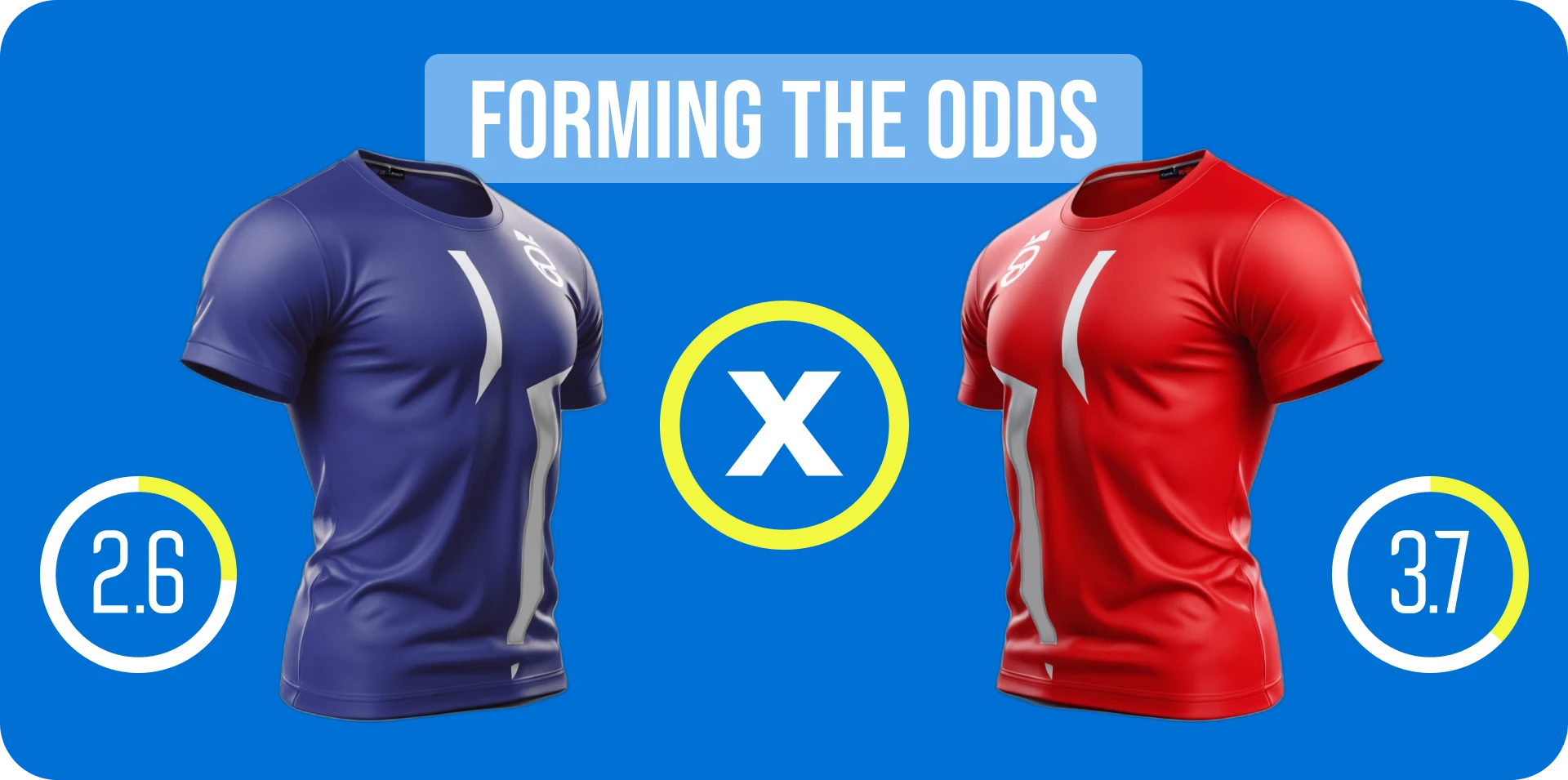
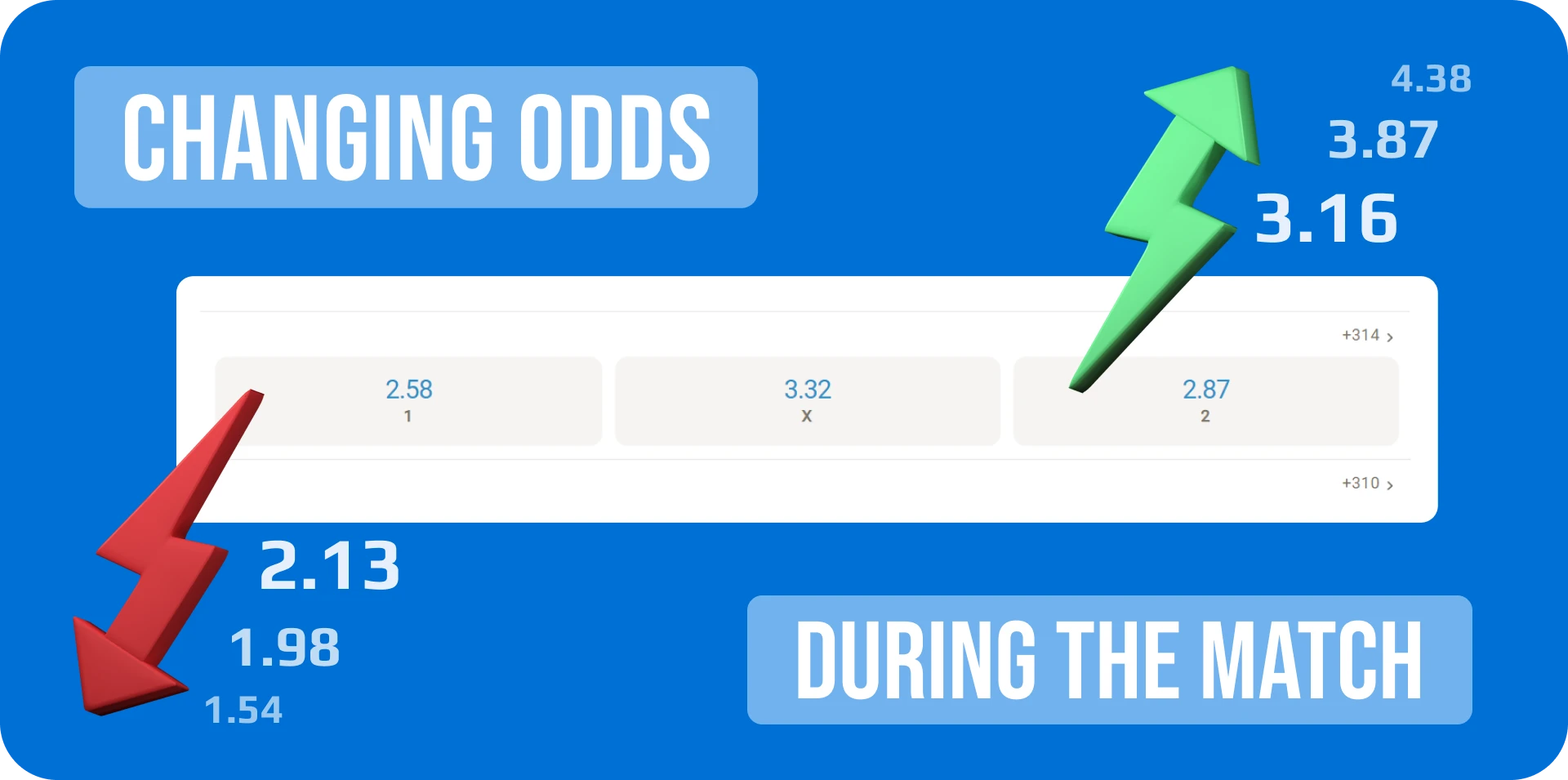

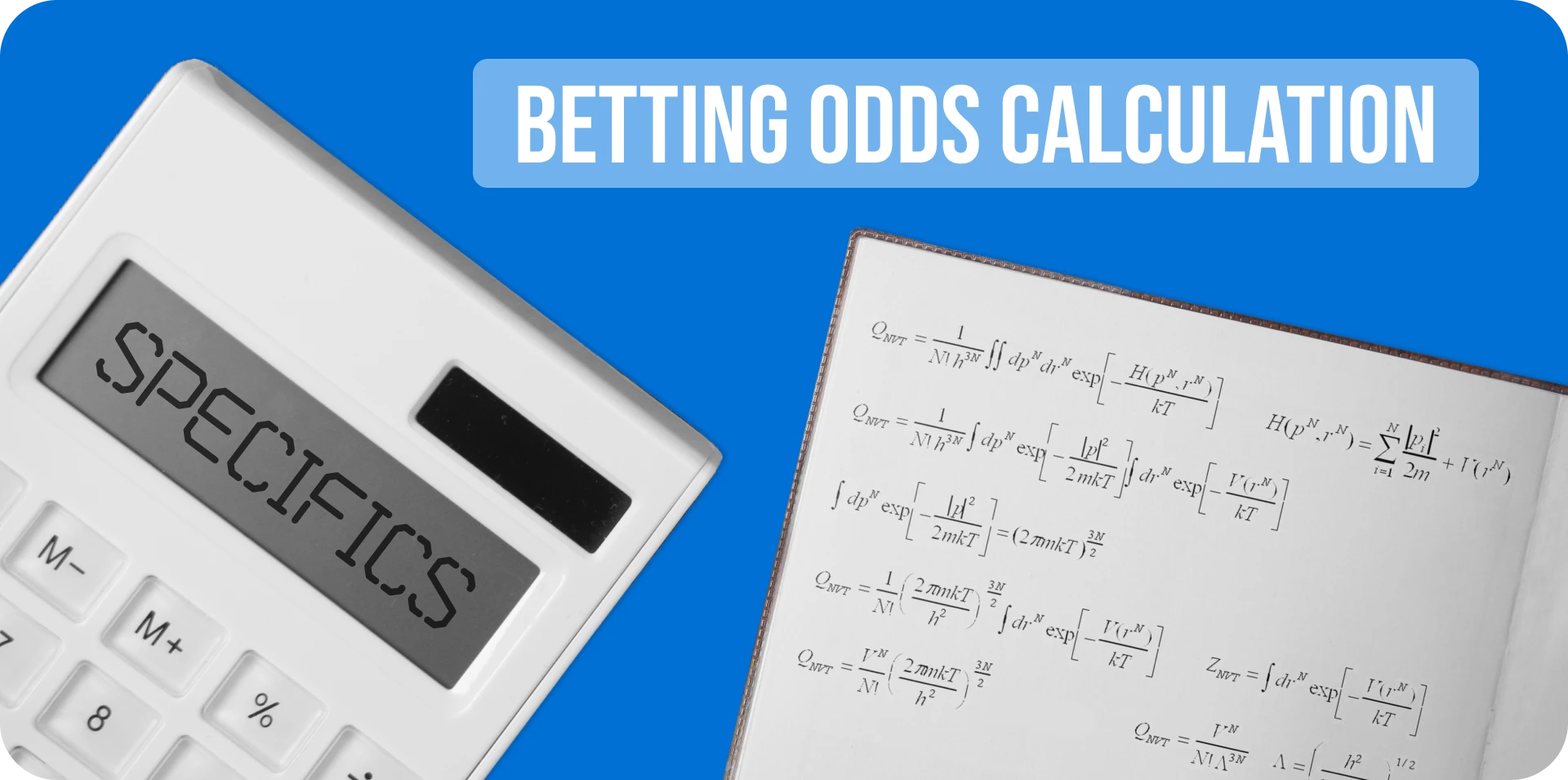
Comments